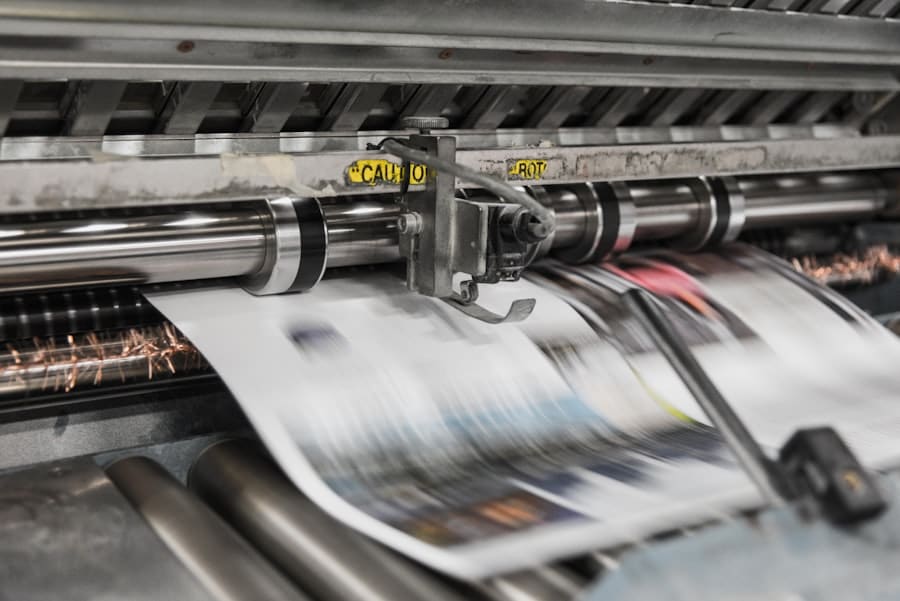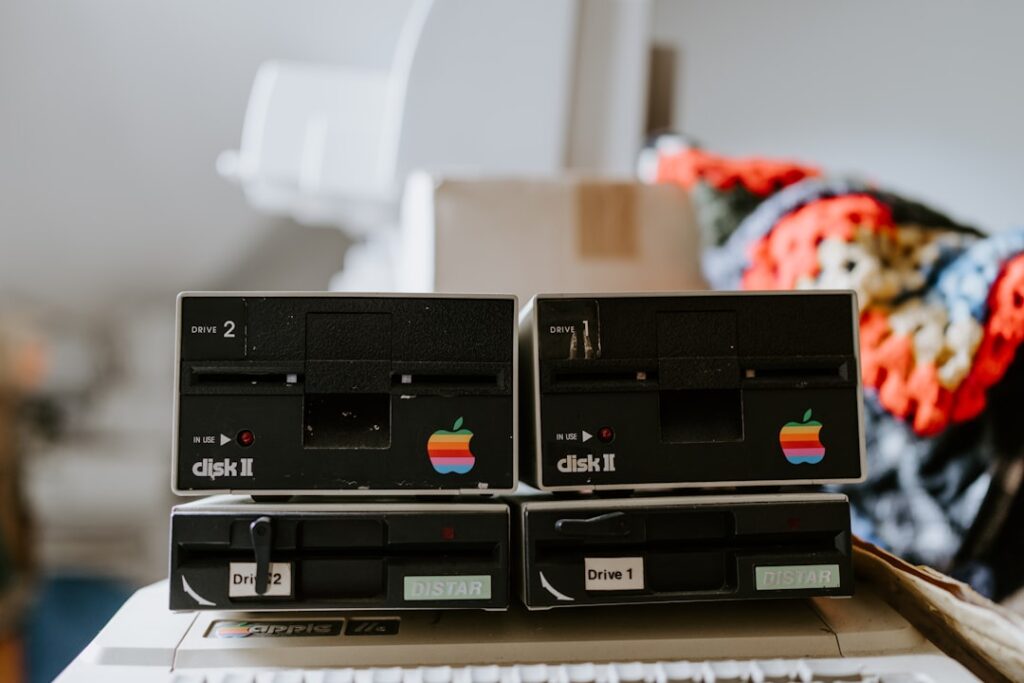Picture Archiving and Communication Systems (PACS) and medical imaging software have become indispensable components of modern healthcare IT infrastructure. As the volume of medical imaging data continues to grow exponentially, the need for efficient storage, retrieval, and sharing of images has never been more critical. PACS facilitates the digital management of medical images, allowing healthcare professionals to access and analyze imaging data seamlessly.
This technology not only enhances the quality of patient care but also streamlines workflows within healthcare organizations. The relevance of PACS in healthcare cannot be overstated. With the increasing emphasis on data-driven decision-making and patient-centered care, the integration of advanced imaging software into clinical practice is essential.
By enabling quick access to high-quality images, PACS supports timely diagnoses and treatment plans, ultimately improving patient outcomes. As healthcare continues to evolve, understanding the capabilities and benefits of PACS and medical imaging software is crucial for healthcare professionals and IT decision-makers alike.
Key Takeaways
- PACS and medical imaging software play a crucial role in modern healthcare by enabling the storage, retrieval, and distribution of medical images and reports.
- The use of PACS and medical imaging software leads to improved patient care through faster access to images, enhanced diagnostic accuracy, and better communication among healthcare providers.
- PACS and medical imaging software contribute to improving diagnostic accuracy by providing advanced image manipulation tools, comparison with previous studies, and access to a wide range of imaging modalities.
- Healthcare providers can enhance communication and collaboration through PACS and medical imaging software by easily sharing images and reports, consulting with colleagues, and obtaining second opinions.
- The integration of PACS and medical imaging software with electronic health records streamlines workflow, increases efficiency, and ensures patient safety and quality of care by providing a comprehensive view of patient information.
Benefits of PACS and Medical Imaging Software for Patient Care
The implementation of PACS and medical imaging software offers numerous benefits that directly impact patient care. One of the most significant advantages is the ability to provide timely access to imaging studies. In emergency situations, for instance, rapid retrieval of images can be life-saving.
Clinicians can quickly review critical diagnostic information, leading to faster treatment decisions and improved patient outcomes. This immediacy is particularly vital in acute care settings where every second counts. Moreover, PACS enhances the quality of care by ensuring that healthcare providers have access to comprehensive imaging histories.
This holistic view allows for better-informed clinical decisions, as providers can compare current images with previous studies. The ability to track changes over time aids in monitoring disease progression or response to treatment, ultimately leading to more personalized care plans. Additionally, the digital nature of PACS reduces the risk of lost or damaged films, further ensuring that patients receive consistent and reliable care.
Improving Diagnostic Accuracy with PACS and Medical Imaging Software

Diagnostic accuracy is paramount in healthcare, and PACS plays a crucial role in enhancing this aspect of patient care. By providing high-resolution images that can be manipulated and analyzed in various ways, PACS allows radiologists and other specialists to detect abnormalities with greater precision. Advanced imaging software often includes tools for image enhancement, 3D reconstruction, and even artificial intelligence algorithms that assist in identifying potential issues that may be overlooked by the human eye.
Furthermore, the integration of PACS with other diagnostic tools fosters a more comprehensive approach to patient evaluation. For example, when imaging data is combined with laboratory results and clinical notes within a unified system, healthcare providers can make more accurate diagnoses based on a complete picture of the patient’s health status. This synergy not only improves individual diagnostic accuracy but also contributes to better overall population health management.
Enhancing Communication and Collaboration among Healthcare Providers
| Metrics | 2019 | 2020 | 2021 |
|---|---|---|---|
| Number of healthcare providers using communication tools | 500 | 750 | 1000 |
| Percentage of healthcare providers reporting improved collaboration | 60% | 75% | 85% |
| Average response time for inter-provider communication (in minutes) | 30 | 20 | 15 |
Effective communication among healthcare providers is essential for delivering high-quality patient care, and PACS significantly enhances this aspect of clinical practice. With the ability to share images and reports electronically, healthcare teams can collaborate more efficiently than ever before. This capability is particularly beneficial in multidisciplinary settings where specialists from various fields must work together to develop comprehensive treatment plans.
PACS facilitates real-time consultations between radiologists and referring physicians, allowing for immediate feedback on imaging findings. This direct line of communication helps clarify any uncertainties regarding diagnoses or treatment options, ultimately leading to more cohesive patient management strategies. Additionally, the ability to share images across different facilities enables seamless referrals and second opinions, ensuring that patients receive the best possible care regardless of their location.
Streamlining Workflow and Increasing Efficiency in Patient Care
The implementation of PACS and medical imaging software streamlines workflows within healthcare organizations, leading to increased efficiency in patient care delivery. Traditional film-based systems often involve cumbersome processes for storing, retrieving, and sharing images, which can lead to delays in diagnosis and treatment. In contrast, PACS automates many of these tasks, allowing healthcare providers to focus more on patient care rather than administrative burdens.
By digitizing imaging processes, PACS reduces the time spent on manual tasks such as filing and locating physical films. This efficiency translates into shorter wait times for patients and quicker turnaround times for diagnostic results. Furthermore, the integration of PACS with other health information systems enables a more cohesive workflow across departments, minimizing redundancies and enhancing overall operational efficiency.
Ensuring Patient Safety and Quality of Care with PACS and Medical Imaging Software

Reducing Errors and Ensuring Accurate Diagnoses
The digital nature of PACS reduces the risk of misplacing or losing images, which can lead to incorrect diagnoses or delayed treatments. Additionally, built-in safety features such as alerts for duplicate studies or reminders for follow-up imaging help ensure that patients receive appropriate care at the right time.
Quality Assurance and Continuous Improvement
Quality assurance protocols integrated into PACS also play a vital role in maintaining high standards of care. Regular audits of imaging studies can identify discrepancies or areas for improvement in diagnostic practices.
Optimizing Imaging Services and Patient Safety
By fostering a culture of continuous quality improvement, healthcare organizations can enhance patient safety while also optimizing their imaging services.
Integrating PACS and Medical Imaging Software with Electronic Health Records
The integration of PACS with Electronic Health Records (EHR) represents a significant advancement in healthcare IT that enhances patient care delivery. By linking imaging data directly with EHRs, healthcare providers can access a patient’s complete medical history in one centralized location. This integration eliminates the need for separate logins or systems, streamlining access to critical information during clinical encounters.
Moreover, having imaging studies readily available within the EHR allows for better coordination among healthcare teams. Clinicians can easily review relevant images alongside lab results and clinical notes, leading to more informed decision-making. This holistic approach not only improves individual patient care but also supports population health initiatives by enabling data analysis across larger cohorts.
Future Trends and Innovations in PACS and Medical Imaging Software for Patient Care
As technology continues to evolve, so too does the landscape of PACS and medical imaging software. One emerging trend is the incorporation of artificial intelligence (AI) into imaging analysis. AI algorithms are being developed to assist radiologists in detecting anomalies more accurately and efficiently than ever before.
These innovations promise to enhance diagnostic capabilities while reducing the workload on healthcare professionals. Another trend is the increasing focus on interoperability among different health information systems. As healthcare organizations strive for seamless data exchange, future PACS solutions will likely prioritize compatibility with various EHRs and other clinical applications.
This interoperability will facilitate better communication among providers and improve overall patient care coordination. In conclusion, the integration of PACS and medical imaging software into healthcare IT infrastructure is essential for enhancing patient care delivery. By improving diagnostic accuracy, streamlining workflows, fostering collaboration among providers, ensuring patient safety, and integrating with EHRs, these technologies play a pivotal role in modern healthcare settings.
As we look toward the future, ongoing innovations such as AI integration and enhanced interoperability will further transform how medical imaging is utilized in patient care. For healthcare professionals and IT decision-makers, understanding these trends is crucial for making informed decisions about technology investments that will ultimately benefit patients. Embracing these advancements will not only improve operational efficiency but also elevate the standard of care provided to patients across various healthcare settings.
Medical Imaging and PACS Software are crucial tools in the healthcare industry, allowing for the efficient storage and retrieval of medical images. In a related article on Tech Rockstars, IT services for dental practices discuss the importance of technology in the dental field, including the use of imaging software for diagnostics and treatment planning. This highlights the broader impact of medical imaging technology across various healthcare specialties.
FAQs
What is medical imaging?
Medical imaging is the technique and process of creating visual representations of the interior of a body for clinical analysis and medical intervention. It is used to visualize the structure and function of organs, tissues, and bodily systems.
What are the different types of medical imaging?
There are several types of medical imaging, including X-rays, computed tomography (CT) scans, magnetic resonance imaging (MRI), ultrasound, and nuclear medicine imaging techniques such as positron emission tomography (PET) scans.
What is PACS software?
PACS stands for Picture Archiving and Communication System. It is a medical imaging technology that provides economical storage and convenient access to images from multiple modalities. PACS software is used for the storage, retrieval, distribution, and presentation of medical images.
What are the benefits of using PACS software?
PACS software offers several benefits, including improved access to medical images, enhanced image quality, reduced film and storage costs, increased efficiency in image management, and the ability to easily share images with other healthcare providers.
How does PACS software improve patient care?
PACS software improves patient care by enabling healthcare providers to quickly access and review medical images, leading to faster diagnosis and treatment. It also allows for easier collaboration between healthcare professionals and facilitates the sharing of images for second opinions or consultations.


